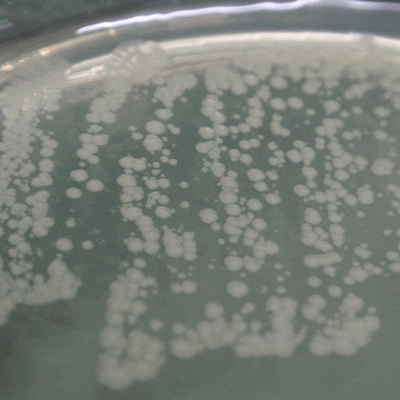
Get A Testing Quote
Escherichia coli
Structure and Physiology
Escherichia coli is a Gram-negative, rod-shaped, facultative anaerobic bacterium that is commonly found in the gastrointestinal tract of warm-blooded animals. Although most serotypes of this organism are harmless inhabitants of the intestinal flora, there are pathogenic strains of E. coli that produce toxins which cause illness in humans. The harmless strains benefit their host by producing vitamin K2 and prevent potential colonization of pathogenic bacteria.
Transmission and Disease
Shiga toxin-producing strains of E. coli, such as verocytotoxic E. coli (VTEC) or enterohemorrhagic E. coli (EHEC), are a type of bacteria in this family that cause disease in humans. Infections start when the shiga toxin-producing strains of E. coli are ingested via contaminated foodstuffs and can lead to a halt in protein synthesis in the affected cells of the body.
Disinfection
When dried on a surface, E. coli is relatively susceptible to disinfection. In solution, however, this microorganism can be challenging to mitigate. This organism is a standard Gram-negative model for a variety of antimicrobial test methods.
Notes
E.coli has been used as a model organism in microbiology for many decades. The studies of this organism lead to the discovery of bacterial conjugation. In 1997 this bacterium was one of the first organisms to have its entire genome sequenced.
References
- Große C, Schleuder G, Schmole C, Nies DH. Survival of Escherichia coli cells on solid copper surfaces is increases by glutathione. Appl Environ Microbiol. 2014 Sep 5. 02842-14.
Share

